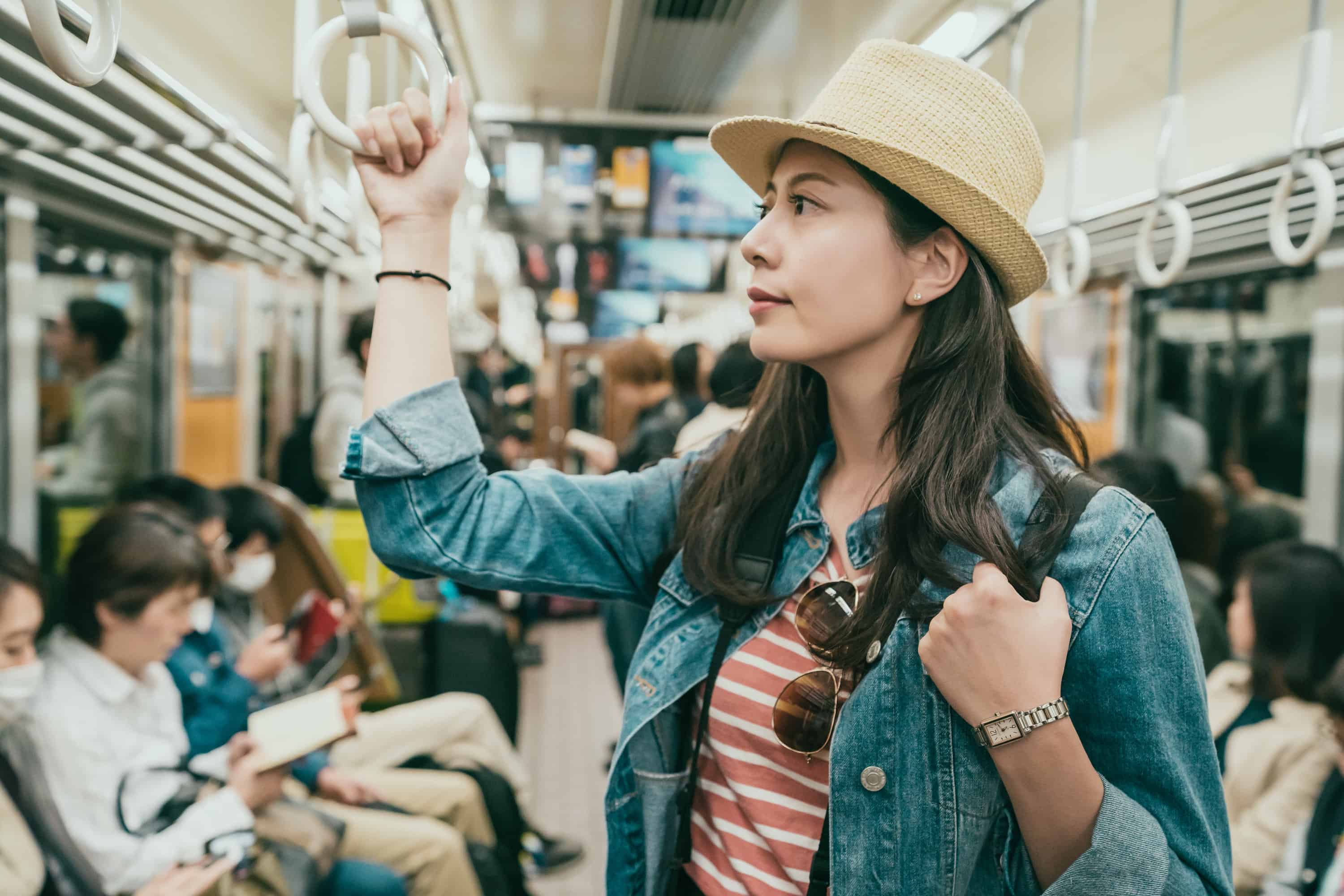As recently as ten years ago, it was challenging for a non-Japanese speaker to navigate the country, even in larger cities such Tokyo and Kyoto. Reading street signs and finding specific addresses (many buildings are unnumbered or out of numerical order) was typically a tricky endeavor, although arguably part of the adventure of traveling outside of one’s comfort zone.
For those that don’t relish that experience, there is good news: the comfort zone for foreigners in Japan is now, well, more comfortable.
Read on for the top three reasons why it has never been easier to find your way around Japan.
Translated Signage in Major Cities
If you’re planning to travel to Japan soon, you’re in luck: Next year, Japan will host the 2020 Summer Olympics and Paralympics, and Tokyo has been preparing for its multinational visitors since 2014. City officials began by making the city’s road signs bilingual, adding English lettering, a global lingua franca, below the Japanese characters. And over 40 other cities have followed suit, including Osaka and Kyoto, to aid the country’s tourism industry.
In addition, Japanese terms commonly known to foreigners will receive phonetic translations, including sushi, onsen, and samurai. So, while you’ll be inclined to use a translation app to help you get around, you can let the street signs be your guides.
Digital Mapping Services
For some it is hard to imagine, but only a few years ago there were no digital mapping services like Google Maps. A guidebook and lots of hand gesturing (or access to an English-speaking guide) were the most reliable ways for foreigners to find a destination.
Today, with smartphone in hand, you can traverse the country like a local — that includes taking public transportation. Although the Tokyo subway map may seem complicated at first, don’t fret; it requires a simple connect-the-dots mindset. (Station signage and ticket machines are also now mostly translated into foreign languages too.) If you’re still wary of missing your stop, Google Maps will break it down for you in simple terms, thanks to live subway updates which go so far as to recommend which train car to enter so that you can exit closest to your destination. Simply download the app, and you’ll be able to see how far your walk is to the nearest station, how long you’ll be waiting for the next train, when you have to transfer and whether there are any delays. From there, follow the map to your desired matcha shop or experiential art museum without skipping a beat.

Wi-Fi Opportunities to Stay Connected
In Japan, you’ll want to stay connected to friends and family — and of course keep those navigation apps humming. The country’s numerous Wi-Fi options make that possible. In the major cities, you’ll encounter plenty of Wi-Fi hotspots, from the airport and your hotel to cafes and restaurants like Starbucks and McDonald’s. Other, smaller chains or local businesses will offer Wi-Fi, too, and you can find out what these are by using apps, like Japan Connected-free Wifi, to point you in the right direction.
Japan also has free public Wi-Fi that covers large regions of the country. With NTT East Free Wi-Fi Japan, for example, you can sign up for two weeks of free Wi-Fi by presenting your passport at a certified location in exchange for an ID and password. Similar services offer free and paid Wi-Fi in other regions, on train lines and in major cities. And if you want to ensure maximum connectivity, you can purchase “pocket Wi-Fi” or personal hotspots via pocket routers or SIM cards before your trip or when you arrive. Certain American mobile networks also offer a reasonable daily international rate which you can set up before your trip.

